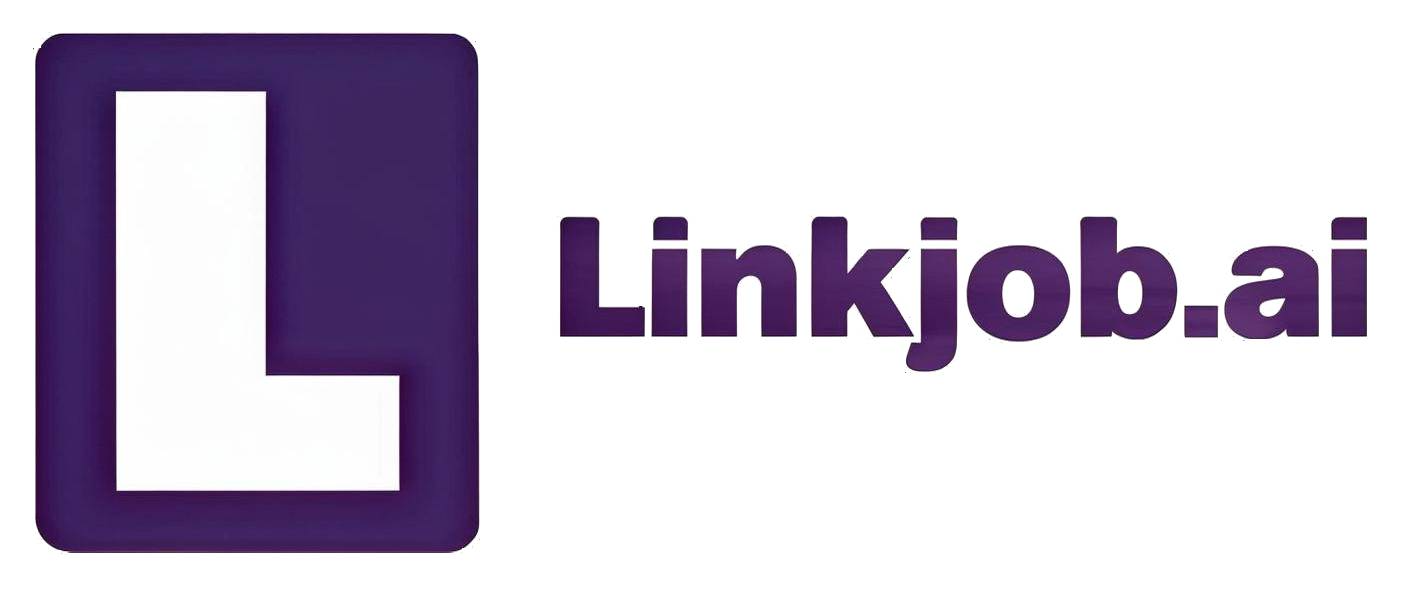My Barclays Codility Test Experience in 2025: Full Breakdown
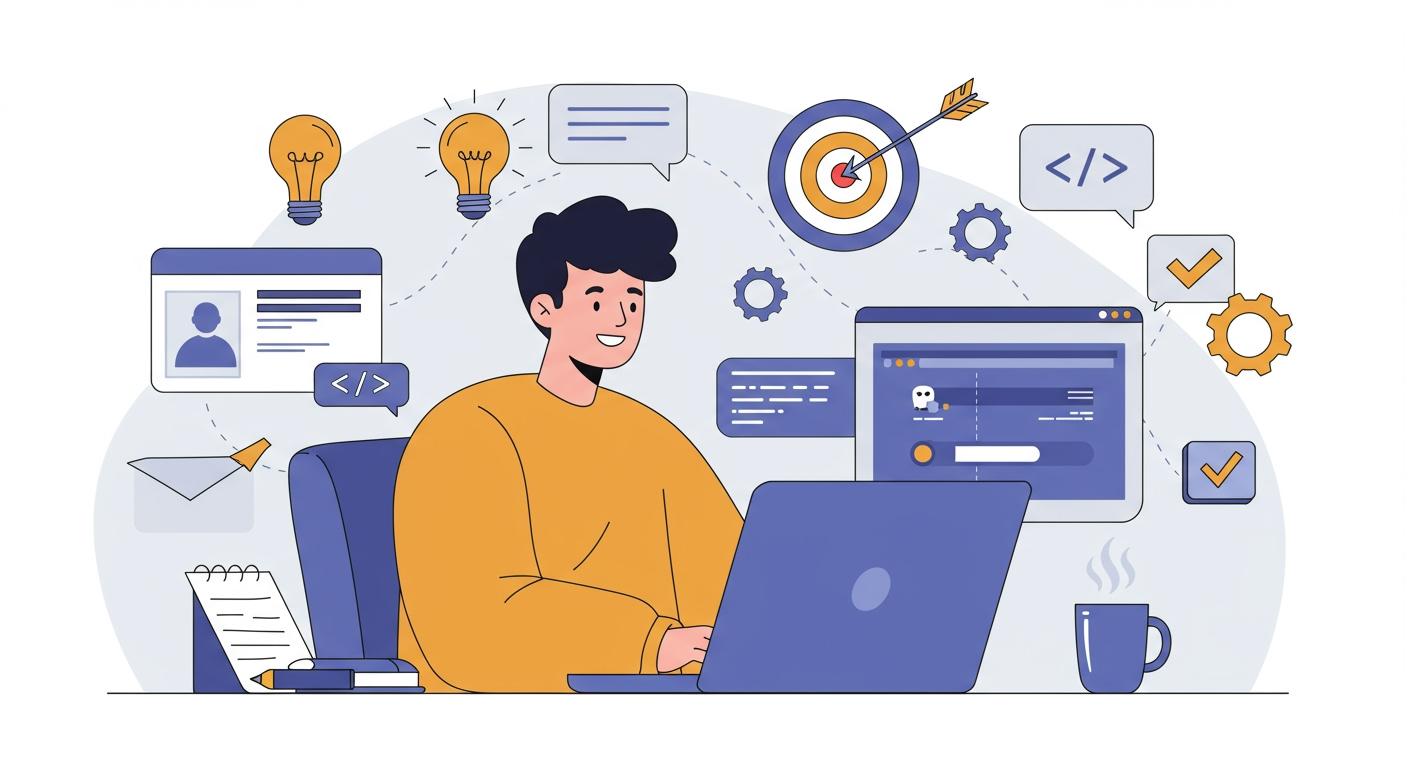
Barclays Codility Test Format and Questions
Barclays sends the Quant OA automatically after you apply. It’s done on Codility. Seven questions in total, with a four-hour time limit, and the camera has to be on. I’m sharing the questions below. The first one was super easy so I didn’t include the screenshot, but personally, I think the last one was the hardest.
I am really grateful for the tool Linkjob.ai, and that's also why I'm sharing my entire OA interview experience here. Having an invisible AI assistant during the interview is indeed very convenient.
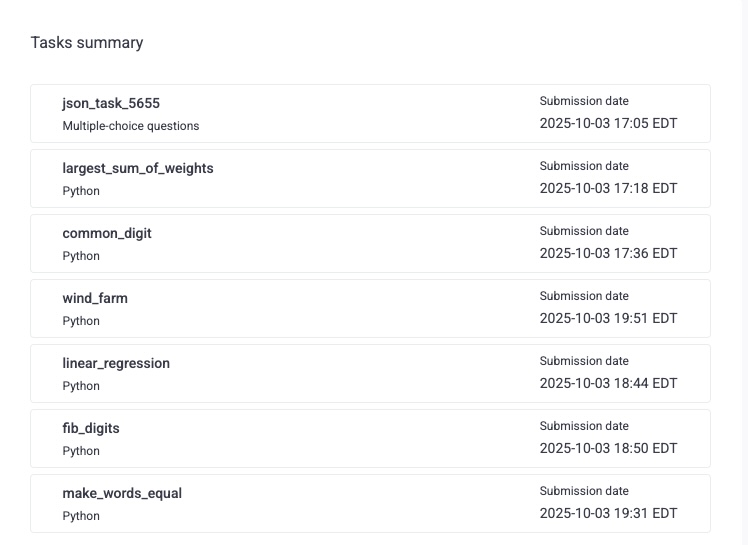
Task 2:Largest Sum Of Weights
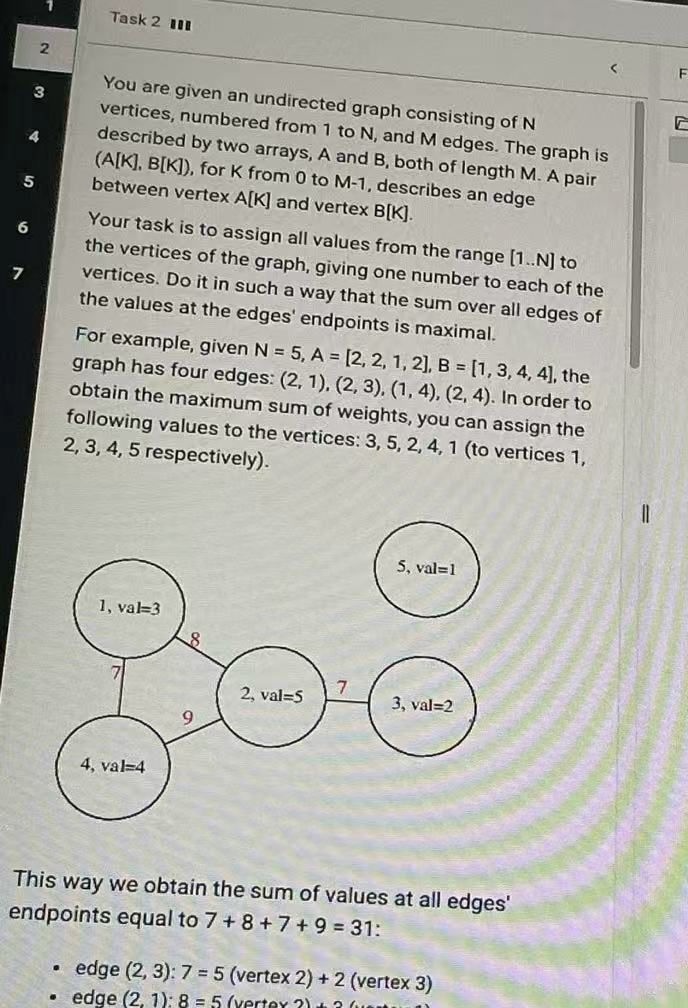
Task 2 Solution idea: This is a graph vertex assignment problem that aims to maximize the sum of edge weights. The key insight is that a vertex’s degree (the number of connected edges) determines its priority for larger values. Steps: compute the degree of each vertex, sort vertices by degree in descending order, assign the largest numbers to the highest-degree vertices, and finally calculate the total sum of the values of both endpoints for all edges.
Task 3:Common Digit
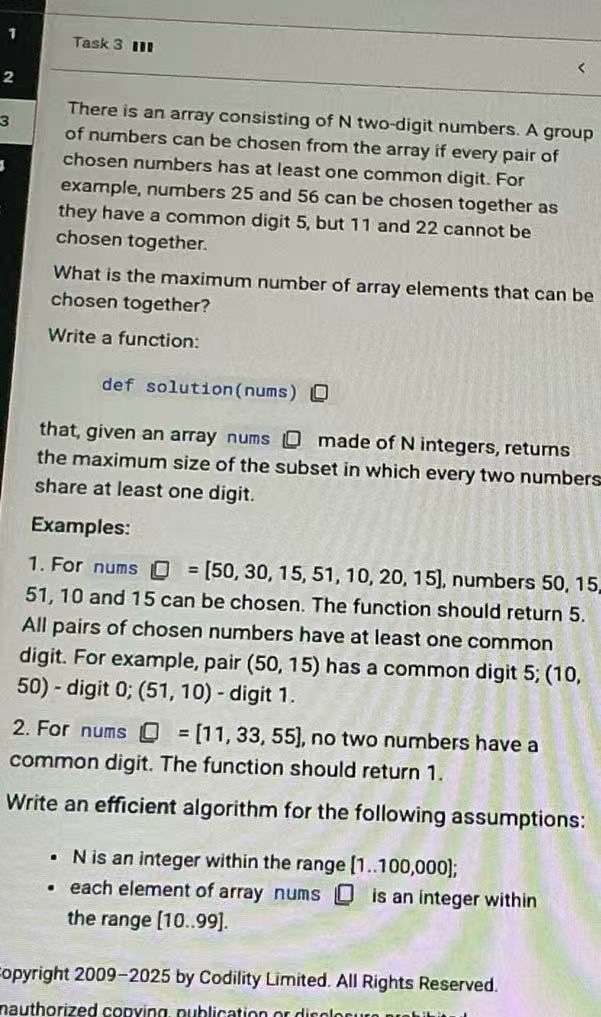
Task 3 Solution idea: The goal is to find the largest subset in which any two numbers share at least one common digit. Count the occurrences of each digit (0–9), then for each digit, collect all numbers containing that digit. Each such group forms a candidate subset. The answer is the maximum length among all these subsets.
Task 4:Wind Farm
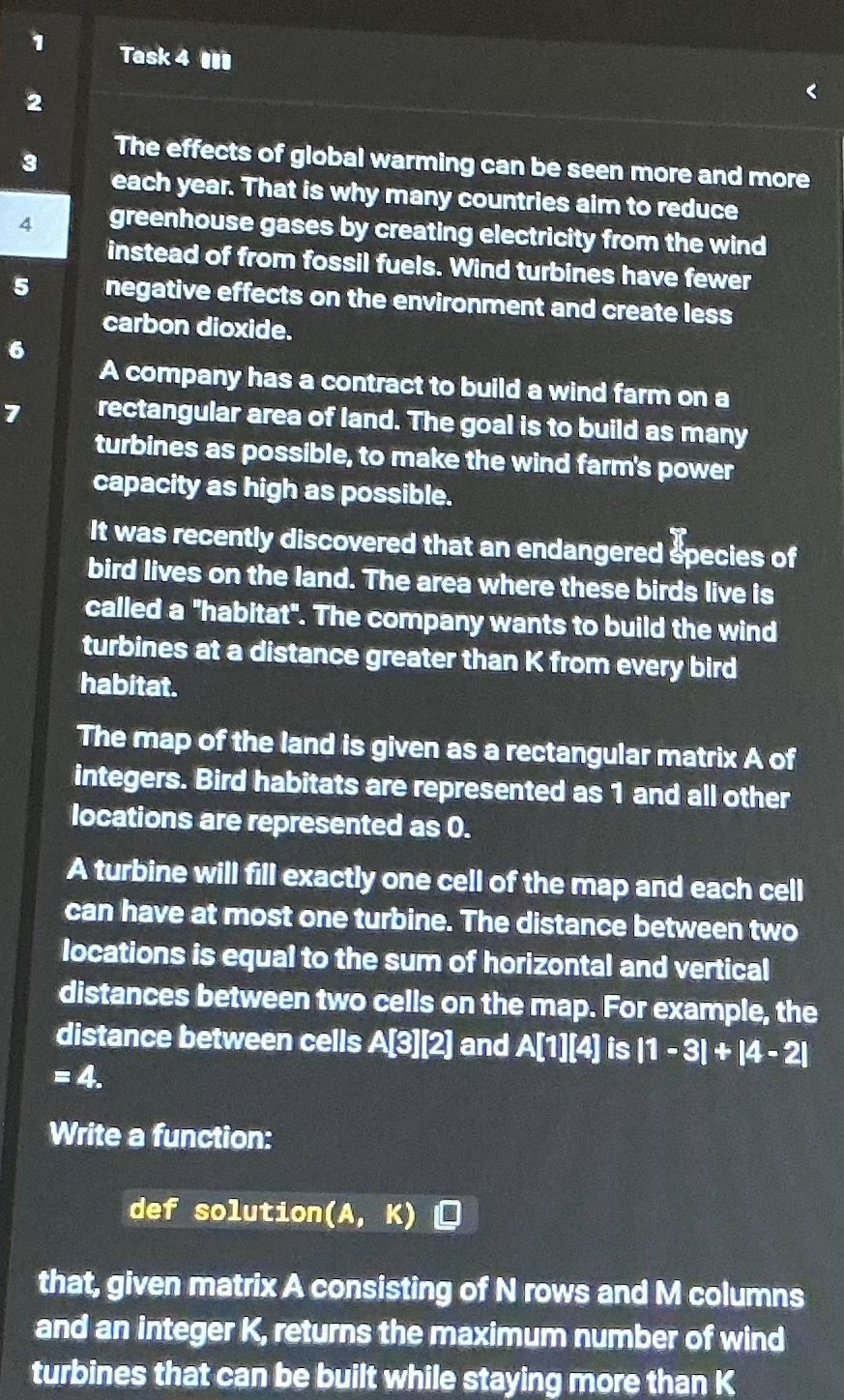
Task 4 Solution idea: Find the number of cells whose Manhattan distance from every bird habitat (cells with value 1) is greater than K. Steps: locate all coordinates of bird habitats, then iterate through every cell, compute its Manhattan distance to all habitats, and count the cells where all distances exceed K: these are valid positions for building turbines.

Task 5:Linear Regression
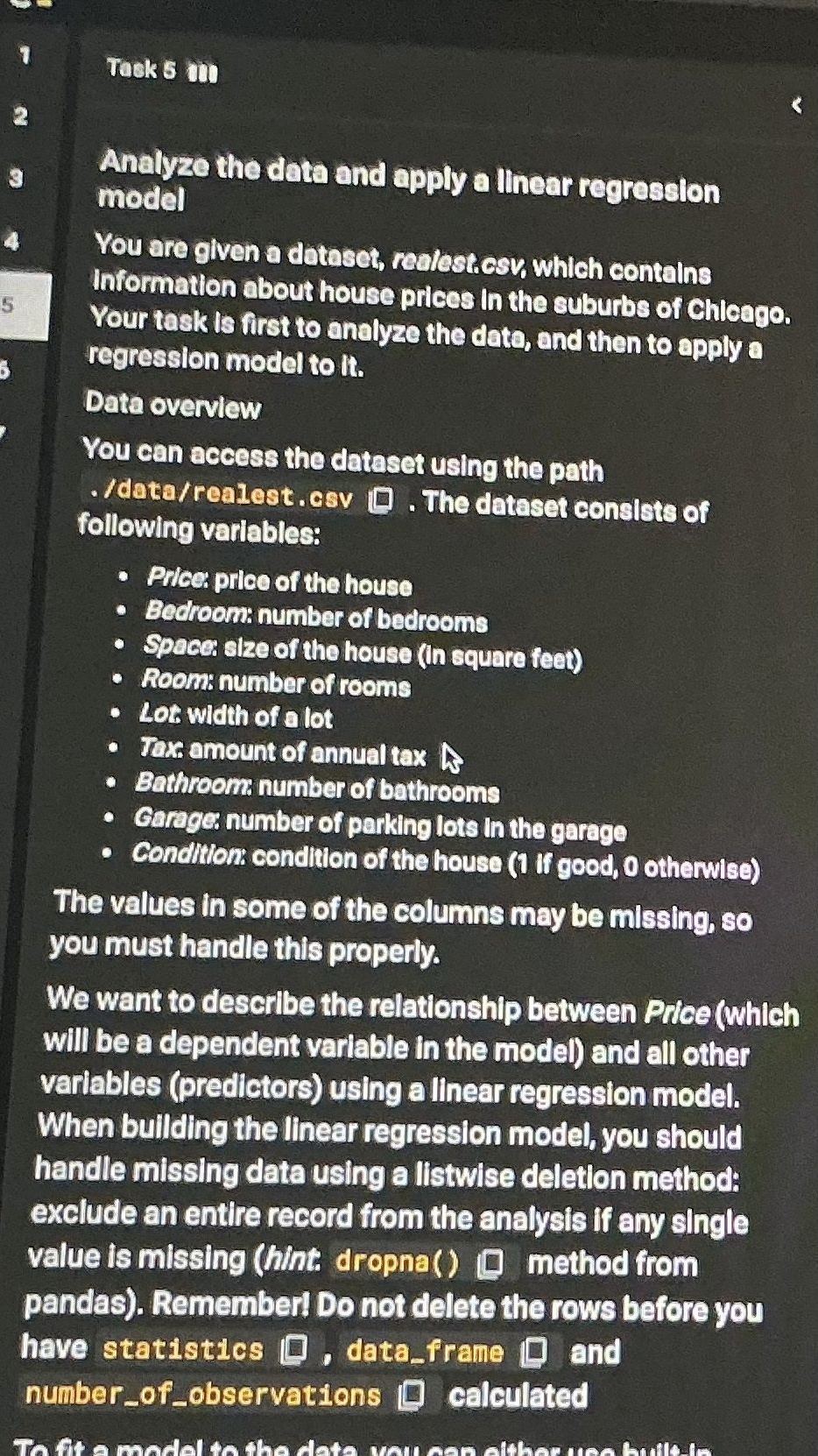
Task 5 Solution idea: This is a linear regression modeling task. Steps: first read the dataset and inspect its structure (descriptive statistics, dataframe info, number of observations); then handle missing values using listwise deletion (remove rows with missing data); finally, fit a linear regression model using Price as the dependent variable and all other variables as independent ones.
Task 6:Fib Digits
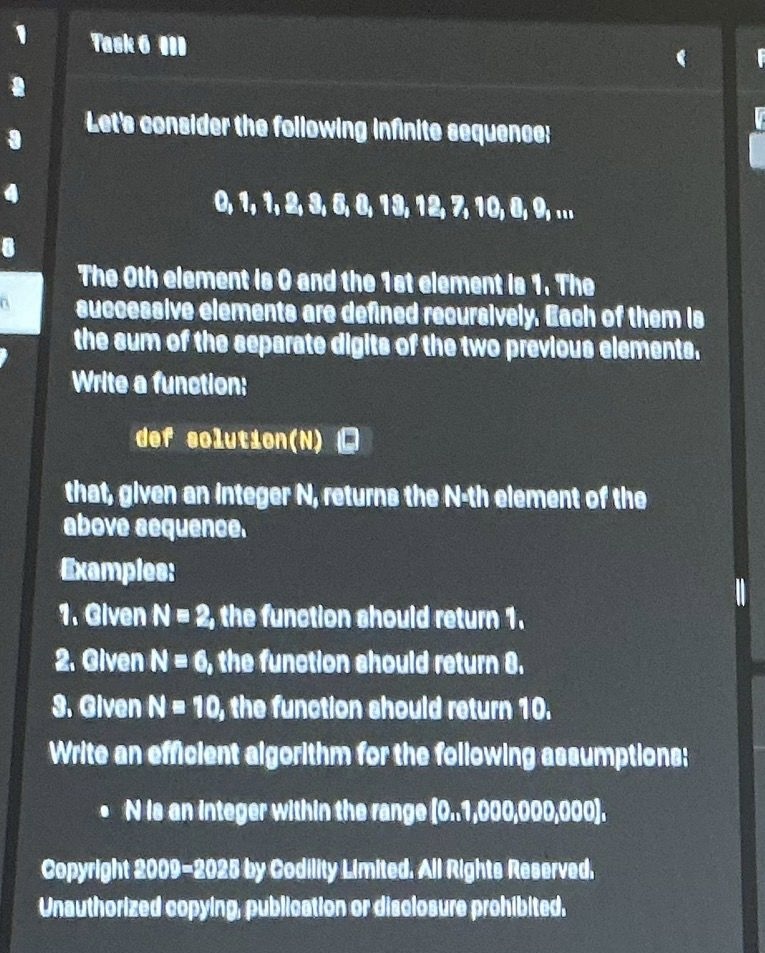
Task 6 Solution idea: This problem involves a recursive sequence where each element equals the sum of the digits of the previous two elements. Since N can be as large as 1e9, direct iteration would time out. Instead, find the repeating cycle (periodicity) by generating terms until two consecutive elements repeat. Once the cycle is detected, use modular arithmetic to compute the N-th term efficiently.
Task 7:Make Words Equal
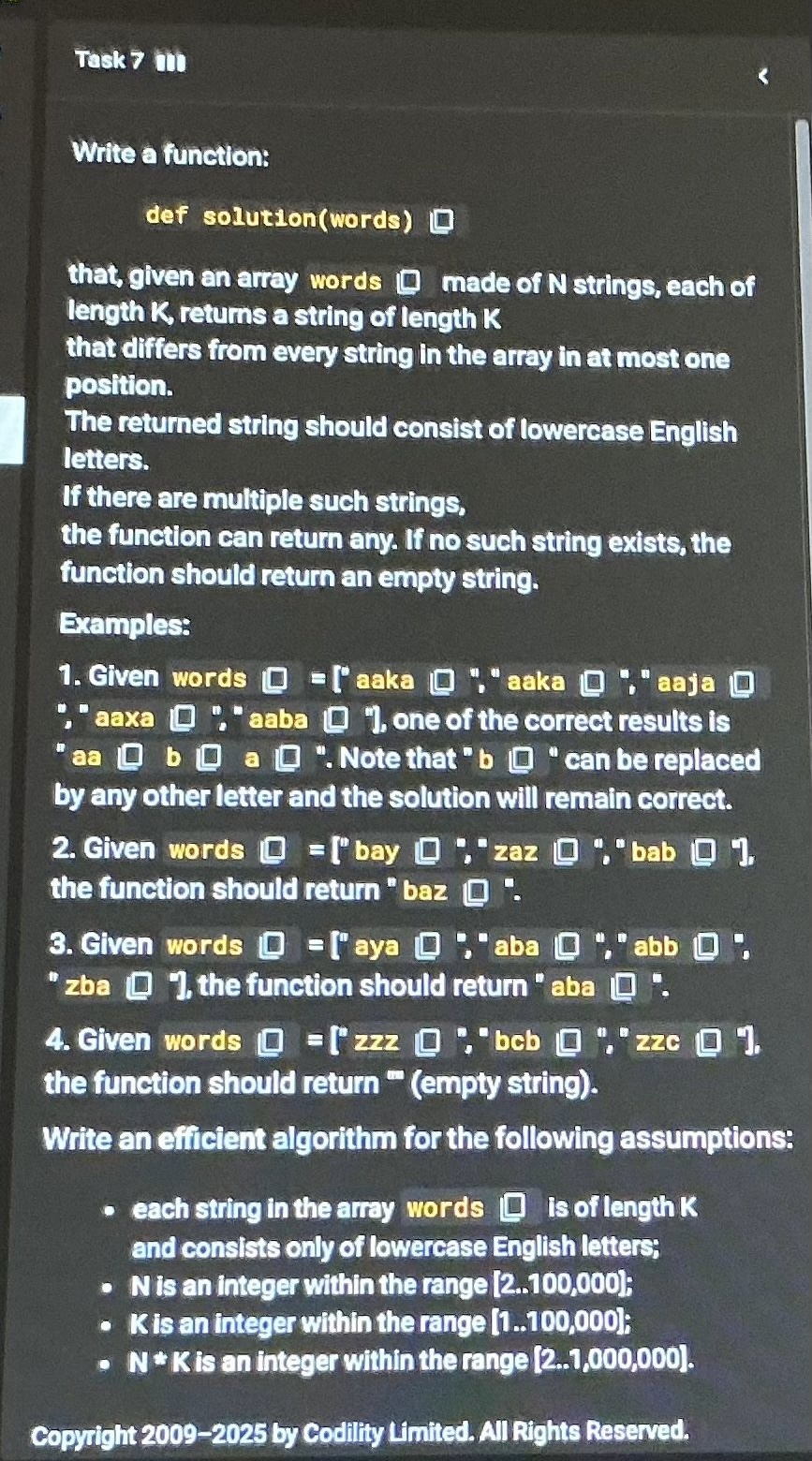
Task 7 Solution idea: Find a string that differs by at most one position from every string in the array. Loop through each position, try replacing the character with all possible letters, and check if the modified string satisfies the “at most one mismatch” condition for all words. If such a string exists, return it; otherwise, return an empty string.
Barclays Codility Test Preparation Strategies
Study Methods
Preparing for Barclays' Codility test requires a structured approach to grasp both fundamental concepts and domain-specific problem patterns. Start by revisiting core data structures like arrays, linked lists, trees, and graphs, along with algorithms such as sorting, searching, and dynamic programming. For the Codility-style problems Barclays often uses, focus on understanding problem categories like greedy algorithms, cyclic detection, and efficient traversal techniques. It’s also crucial to familiarize yourself with the specific question types seen in financial tech contexts, such as those related to data analysis, optimization, and real-world scenario modeling.
Another key aspect is time management and problem decomposition. Break down complex problems into smaller, manageable steps, and practice explaining your reasoning. This not only solidifies your understanding but also helps in tackling open-ended or multi-part questions. Revise concepts regularly, and don’t hesitate to revisit topics you find challenging.
Here's what works the best for me:
Concept Mapping: Create visual maps linking data structures to their use cases.
Topic-wise Drills: Focus on one problem type each week, solving 5-10 problems in that category to build pattern recognition.
Mock Test Timing: Simulate the test environment by solving 3-5 problems within the actual time limit to improve speed and decision-making under pressure.
Practice Tips
Practice is the cornerstone of acing Barclays’ Codility test. It’s not just about solving problems but about solving them efficiently, under time constraints, and with attention to edge cases. Start by identifying your weak areas through initial practice sessions, then tailor your practice plan to strengthen those spots. For Codility-specific challenges, pay close attention to problem constraints and optimize your code for both correctness and performance.
Additionally, review your solutions thoroughly after each practice session. Analyze why a particular approach worked or failed, and look for alternative solutions to the same problem. This helps in building a versatile problem-solving toolkit. Engage with community discussions or solution explanations for problems you struggle with, as external insights can reveal new perspectives or optimizations you might have missed.
Here are some practice platforms and their benefits:
Codility: It’s the platform Barclays uses for their tests, so solving its practice problems is invaluable. It exposes you to the exact problem style, difficulty level, and time constraints you’ll face. Practicing here helps you get comfortable with their interface and problem categories.
LeetCode: A vast repository of coding problems covering all data structures and algorithms. Focus on medium-difficulty problems related to Barclays’ common themes. It also offers detailed solution explanations and community discussions to deepen your understanding.
HackerRank: Features challenges tailored to financial services and tech companies. Its “Problem Solving” and “Algorithm” sections have problems similar to those in Barclays’ tests, especially those involving data analysis or real-world optimization. It also provides timed contests to simulate test pressure.
Barclays Codility Interview: Lessons Learned
Tips for Success
When aiming for success in a Barclays Codility interview, understanding the nuances of the platform and the company’s expectations is key. First, prioritize problem understanding, spend time dissecting the problem statement, identifying edge cases, and clarifying any ambiguities before diving into coding. Codility problems often have hidden constraints or subtle requirements, so misinterpreting the problem can lead to unnecessary errors.
Second, optimize for both correctness and efficiency. Always analyze the time and space complexity of your approach, and look for opportunities to optimize, whether it’s replacing a brute-force method with a greedy algorithm or leveraging data structures like hash maps to reduce redundant calculations.
Here are key tips for success:
Read the Problem Twice: First for a general understanding, then to pinpoint specific details like input ranges, output requirements, and edge cases.
Start with a Brute-Force Solution (if needed): If an optimal approach isn’t immediately clear, outline a naive solution first, then refine it. This ensures you have a fallback and helps you identify where optimizations can be applied.
Test Incrementally: Write small chunks of code and test them immediately. This prevents debugging large blocks of code at the end and makes it easier to isolate issues.
Building Confidence
Building confidence for a Barclays Codility interview comes from deliberate preparation and mindset management. Begin by practicing with realistic simulations: recreate the interview environment as closely as possible, including time limits and the pressure of performing under scrutiny. The more you expose yourself to this setup, the more comfortable you’ll become with the process.
Additionally, document your progress: keep a log of the problems you solve, the approaches you used, and any mistakes you made. Reviewing this log helps you recognize patterns in your problem-solving, understand your strengths, and address your weaknesses proactively. Over time, seeing your growth in tackling increasingly complex problems will boost your confidence significantly.
Here’s how to build confidence effectively:
Solve Past Codility Challenges Regularly: Focus on problems similar to those Barclays is known to ask. Familiarity with their problem style eliminates surprises.
Embrace Mistakes as Learning Opportunities: If you fail a practice problem or encounter a bug, deep-dive into why it happened. Understanding the root cause turns setbacks into stepping stones for improvement, which is crucial for maintaining confidence.
FAQ
Does the Barclays OA include anything besides coding questions?
Yes, there are two additional parts. The first part is a personality test, where each question has three options, just pick the one that best matches yourself. The second part includes some logic or calculation questions, which are not very difficult. Neither of these two parts requires a webcam.
What programming languages can I use?
Codility supports many languages. I used Python, but you can pick Java, C++, or others. Choose the one you know best.

